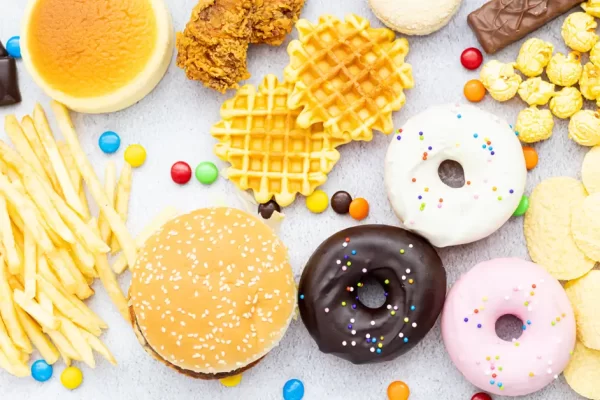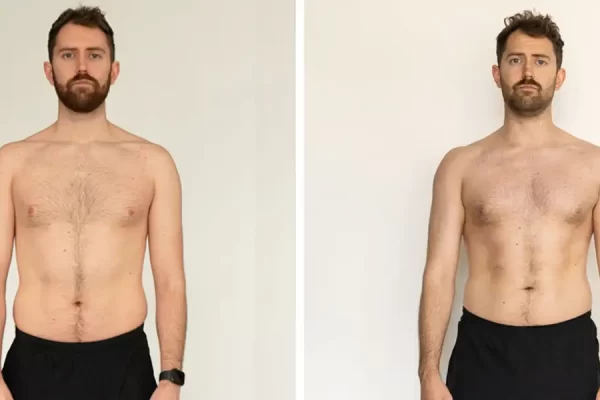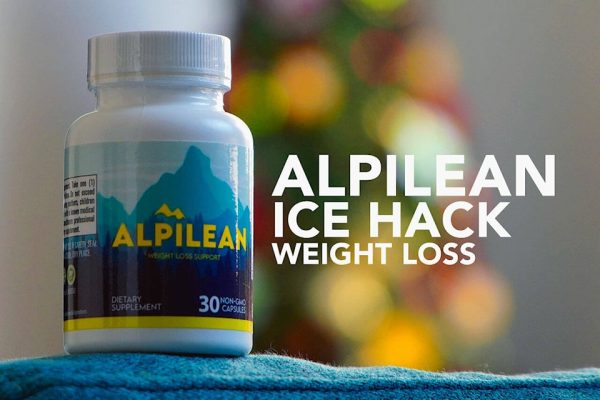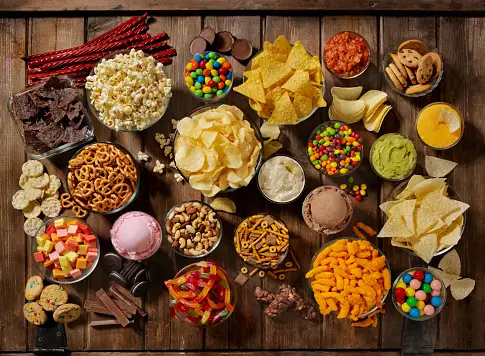Flickr
It’s not only those who are overweight or feel unhappy with their general fitness levels who feel the need to lose weight. Even those who spend most of their week in the gym, such as those who enjoy weightlifting and crafting their idea of the perfect physique through hard work and dedication will sometimes be unhappy with their bodyfat level.
Why is this?
Well, in the effort to ‘bulk up,’ and become a larger, more muscular person, eating at a caloric excess with a large amount of protein is simply a necessity. Over time, even with the most exacting measurements and micronutrient observation, you cannot exactly tailor how your body puts on weight by will alone. An excess of ice cream on a cheat day here, a rewarding donut there, and you might find that you have too much bodyfat.
When it comes to ‘cutting’ season, a term used for a weightlifters action taken to ‘cut’ their body fat percentage while retaining muscle mass, a variety of methods are needed to best attain the initial goal while not ruining the muscle gain progress made during the ‘bulking’ phase.
Here are a few handy tips to help the seasoned, or newbie weightlifter glean some value from this radical shift in diet.
Caloric Deficit
Eating at a caloric deficit is much more difficult to attain than eating at an excess because overstepping your boundaries overrides the careful forethought you must put into the whole situation, to begin with. It’s important to get the balance right. Eating at too little a deficit will make fat loss very slow indeed while eating at too little will only serve to make you rapidly lose weight, and that is not the goal here.
Around a 500 calorie deficit below your caloric maintenance achieves the best results for most people. If you’re not sure what your caloric maintenance is, you can find that information here. The careful planning that you must place into making this a reality can feel like a chore at times, and that’s why it’s helpful to use effective pre planned meal services to save a lot of time. Check out Training In The Bay for the best reviews regarding which service to use. Apply a thorough amount of protein to this diet (slightly more than you would have been eating when bulking to retain muscle mass – around 1.5g/lb bodyweight,) for the best results.
BCAA’s
BCAA’s, also known as Branched-Chain Amino Acids, are some of the most important supplements you can use to overcome muscle loss. This is because they help stimulate protein synthesis. This is why you see BCAA’s included in a minimal degree with every protein shake you have ever used. Applying more through added supplementation can help your muscles prevent long-term loss by providing the atmosphere necessary to keep them healthy and strong at caloric deficits.
Intermittent Fasting
Intermittent fasting is one of the most popular ways to cut these days, thanks to its ease of use and memorable methodology. All you need to do is eat for 8 hours a day and fast for 16. This will allow your body to complete its digestion and begin the task of cell repair before you eat again. It also means that your body will shift to a form of ketosis, which means it gleans it fuel from fat cells and not carbs. This can help the fat melt off you, without you needing to eat at an added caloric excess. Again, make sure you are getting all of your nutrients within those 8 hours a day to make the fasting process work for you and not against you.
These tips can help anyone gain the bodyfat percentage they’d like for their august holidays.





